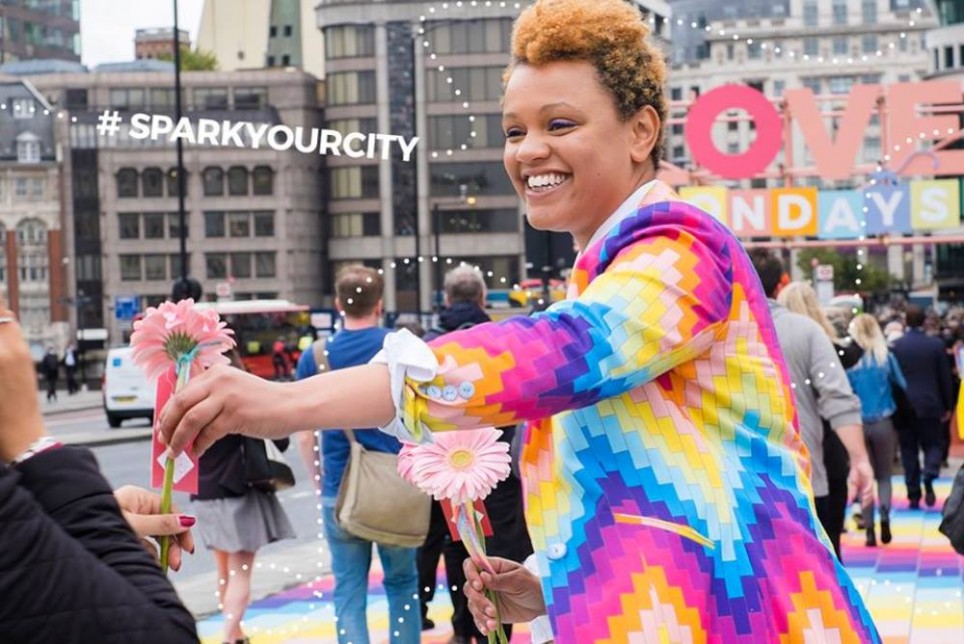
Jesse Chun is a Korean visual artist working in photography, text and sculpture, in New York City. Chun’s work has been exhibited nationwide in New York, Miami, Los Angeles and Portland, and internationally in Toronto, Hong Kong, Seoul and Istanbul.
Q: What was the motivation that drove you to work on immigration documents?
A: The subject of immigration came naturally to me, as I have been an immigrant in multiple countries. The experience of filling out documents in order to be granted entry/access into a place, or to maintain your stay, gain work authorization, obtain a permanent residence – this is all very familiar to me. Yet regardless of how frequently you encounter this process, it is a daunting experience every time, when you are waiting to be validated between borders. I began to think a lot about how much weight these papers carried, that they were the only thing that could authenticate myself in that interstitial place. I chose to explore immigration documents and passports, because they embody everything I am looking to discuss – notions of home and, identity and mobility.
Q: Your work questions the notion of belonging. In your works, this mostly comes in the form of belonging to a place. What does belonging mean to you?
I approach the notion of place as both a framework of investigation for ‘belonging’, and ultimately, as a metaphor. The idea of homeland for instance, can be read as a geographical, cultural and political identity, but when you look past the borders, logos and bureaucracy, there is a poetic investigation of belonging in context of this land that you have a relationship with. ’Place’ to me is a metaphor for an internal transit.
“When I refer ‘belonging’ to a place, maybe it’s not necessarily to somewhere but perhaps to someone.”
Q: Does every human being have a place in the world where they truly are a part of? Or do you believe in fluidity and independence?
A: I believe that there is fluidity, but I don’t think that we can ever be completely independent of each other for as long as we exist together. Even if you are living a free, nomadic life, we are still a part of the here and now, regardless of how transient or permanent.
“I do hope that every human being has a place in the world where they truly belong, whether it is an actual place, relationship or a state of mind.”
Q: Your passport works reveal a unique aesthetic hidden in the most unexpected and, for many, intimidating place. How did these unorthodox forms begin to appear in your work?
A: I feel that the “unorthodox” aesthetic came both intentionally and as a byproduct of my content. When you aim to transform various passport pages’ background images by re-photographing, manipulating and scaling them into large landscapes, not only do their original function as watermarks get decontextualized, but you end up with “unorthodox” landscapes. I’ve heard people tell me that the graphic patterns and pixels in my landscapes felt bureaucratic, but some have thought them to be Asian printmaking. And I wanted all of that in there, because it captured a lot of the humane and cultural complexities that I felt looking at these documents.

Q: Art is unquestionably one of the most global, international and placeless forms of communication. Your work celebrates that kind of unity–reminiscent of John Lennon’s Imagine song. Do you consider art as a tool to bring people together?
A: I think that it can bring people together, but in my own practice, I don’t expect people to arrive at the same place necessarily. But I do like when art shows me that we have more in common than we think.
Q: New projects in the near future?
A: I’m currently working on a new project which I started last year. I’m continuing with my exploration of home and place, but this time, in context of domestic life and home décor. I will spare you the details, and will let the work do the talking later.



Chun regularly exhibits her work and gives educational talks, so check out her website to be updated on upcoming events!







